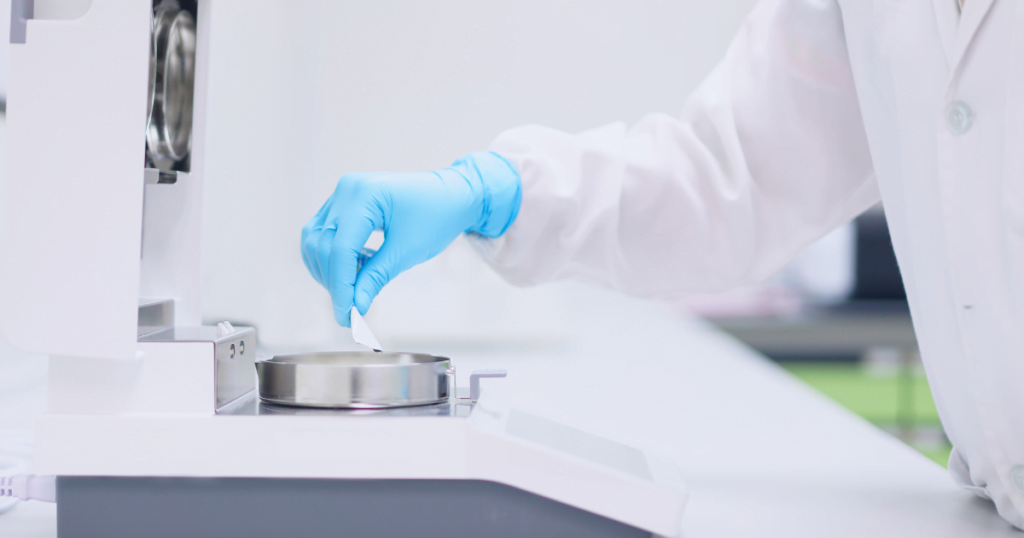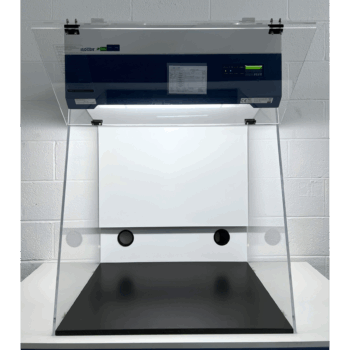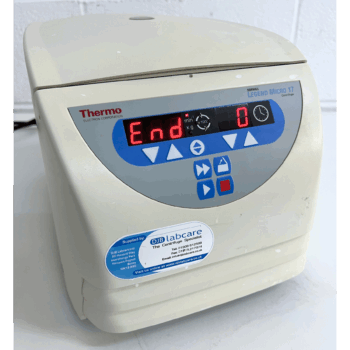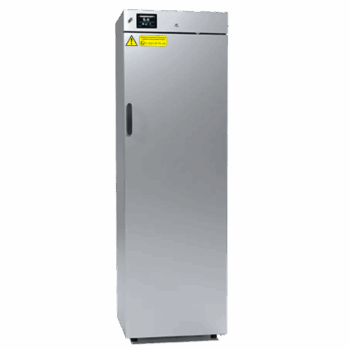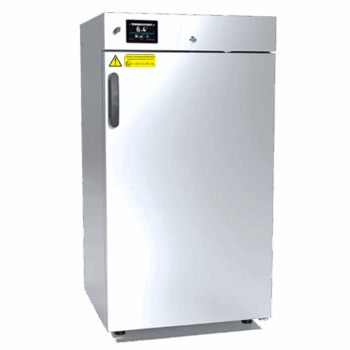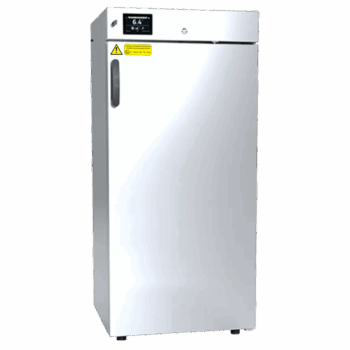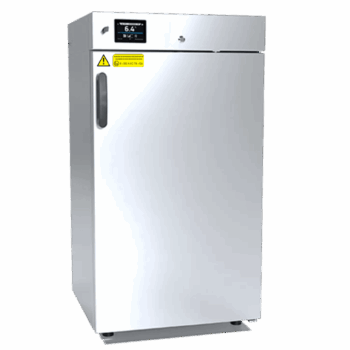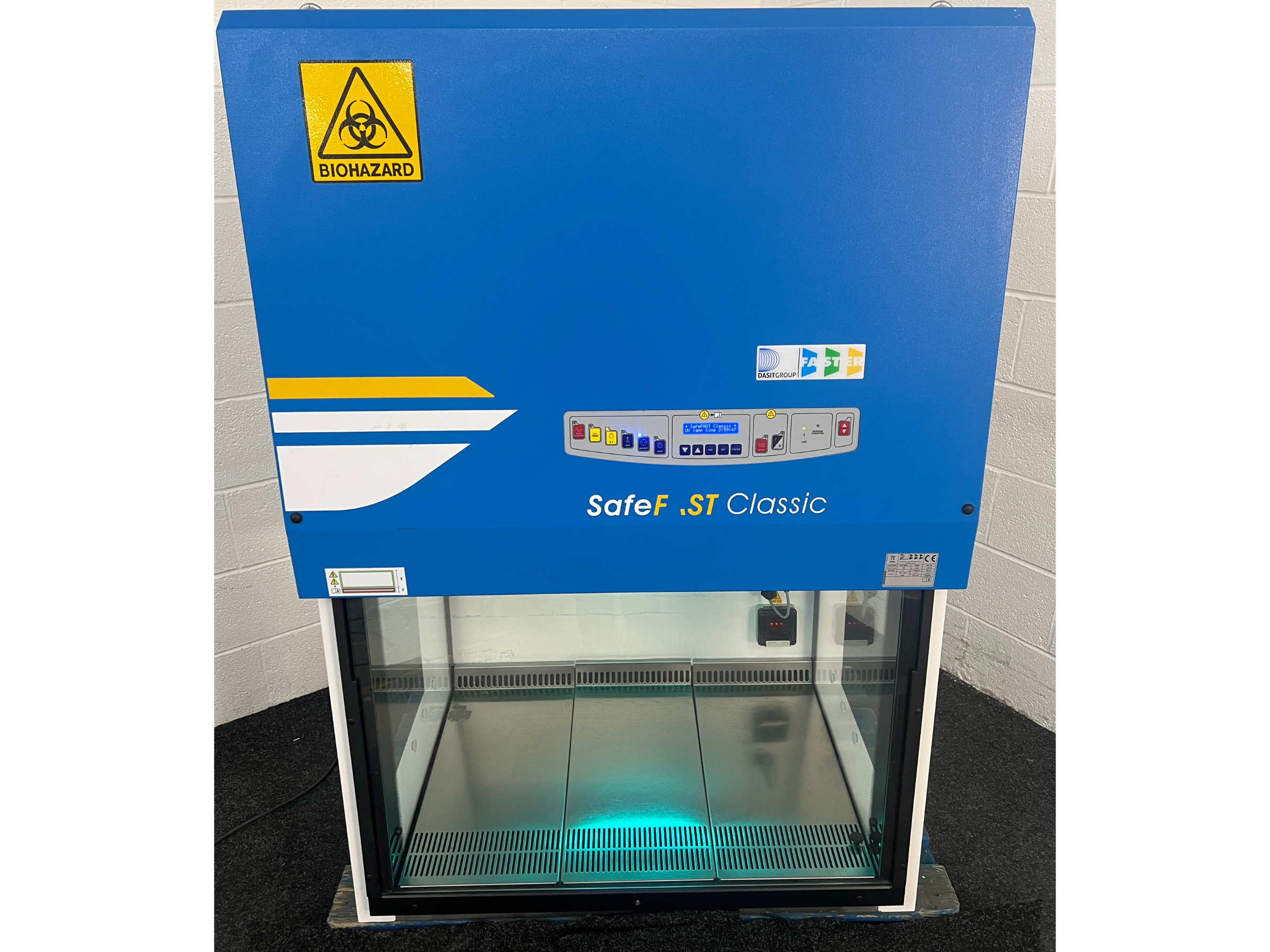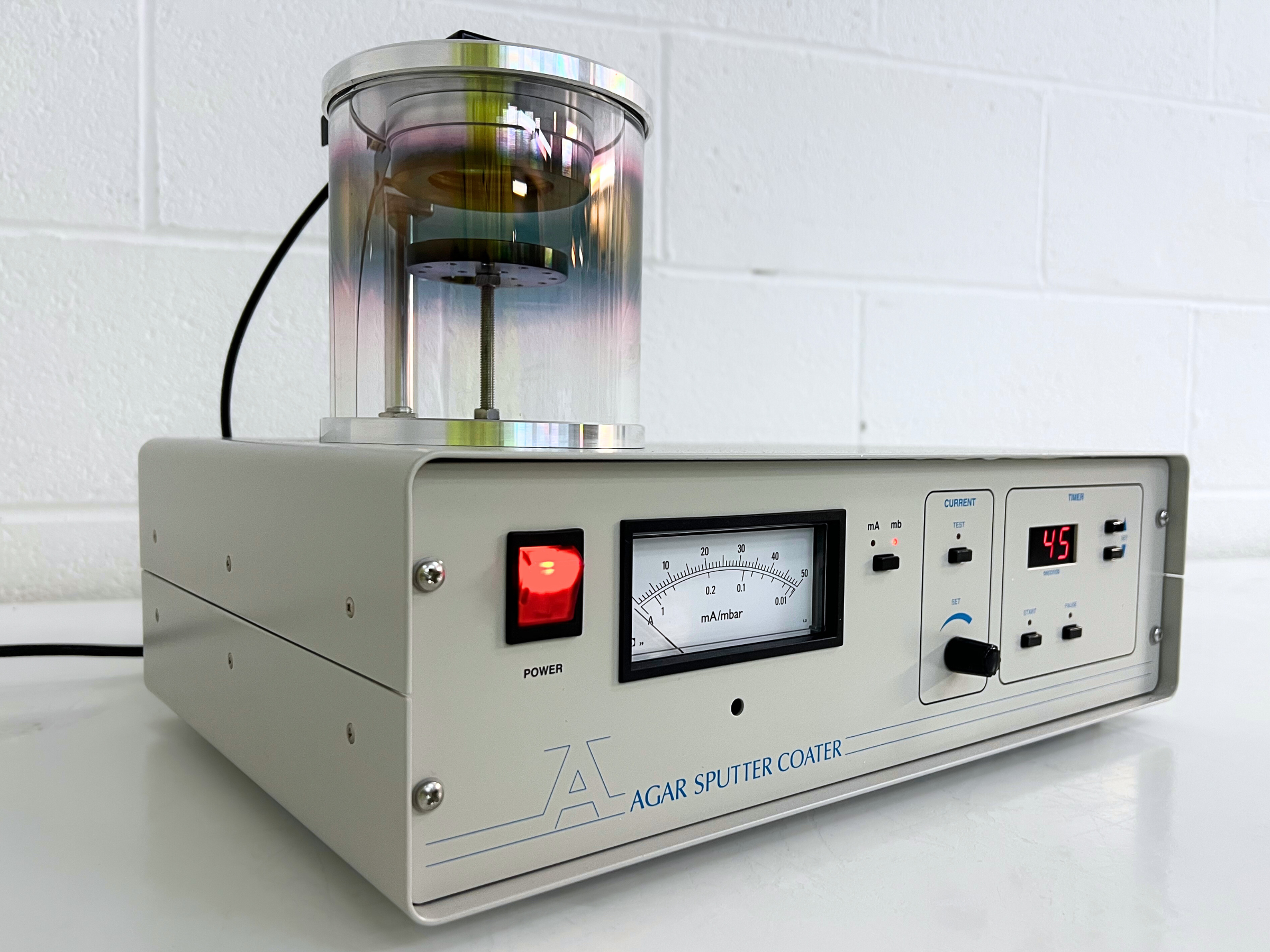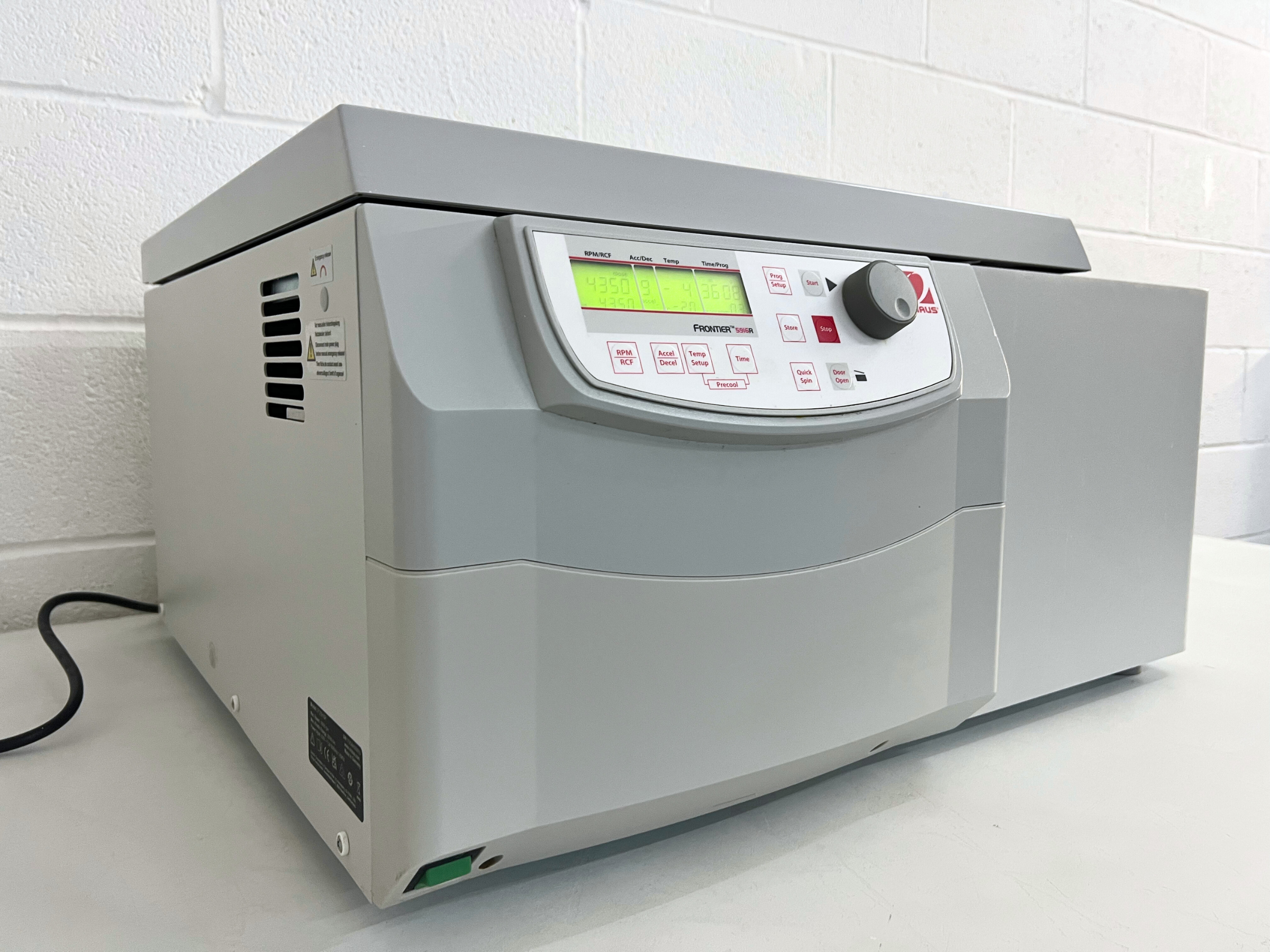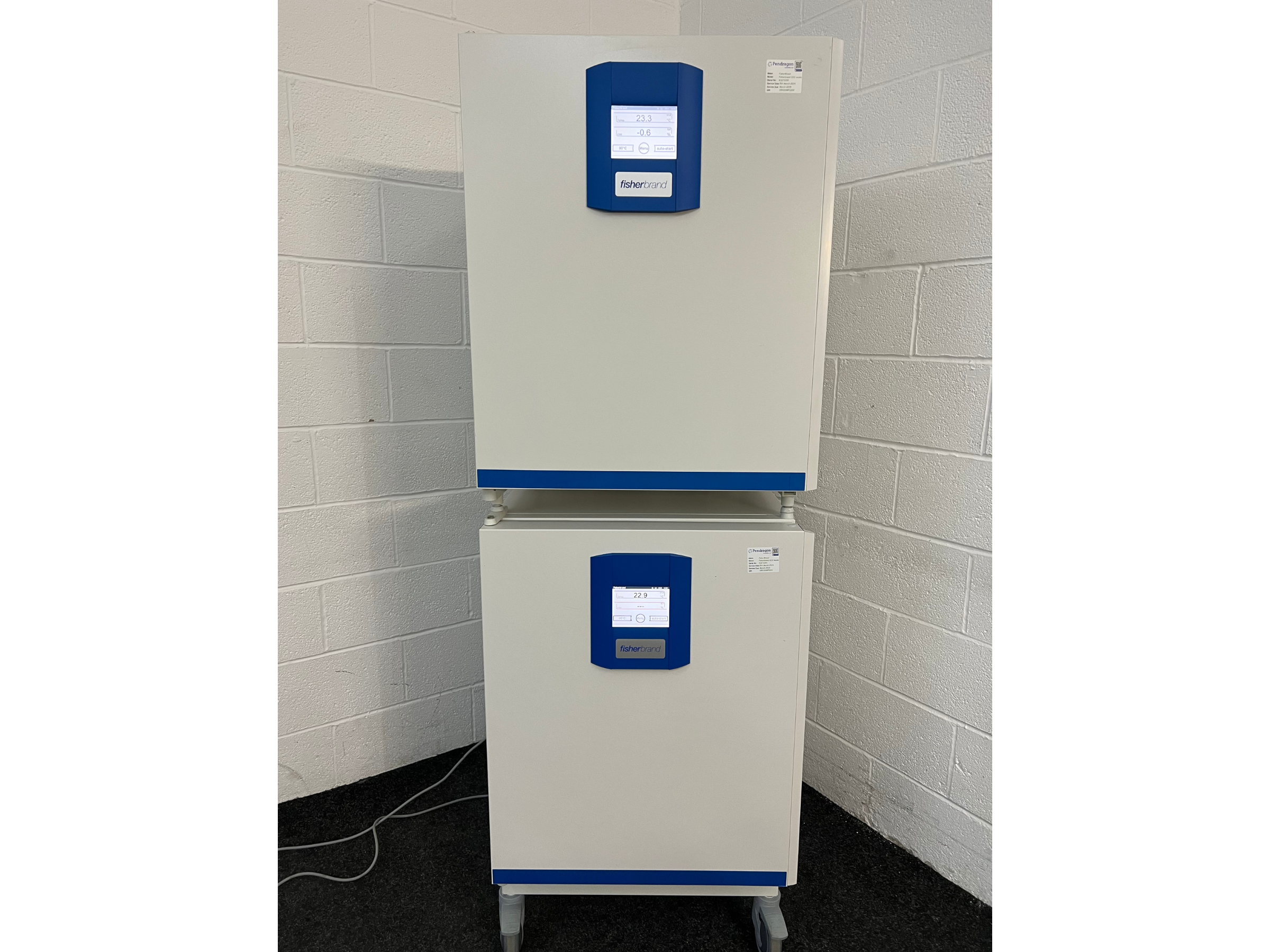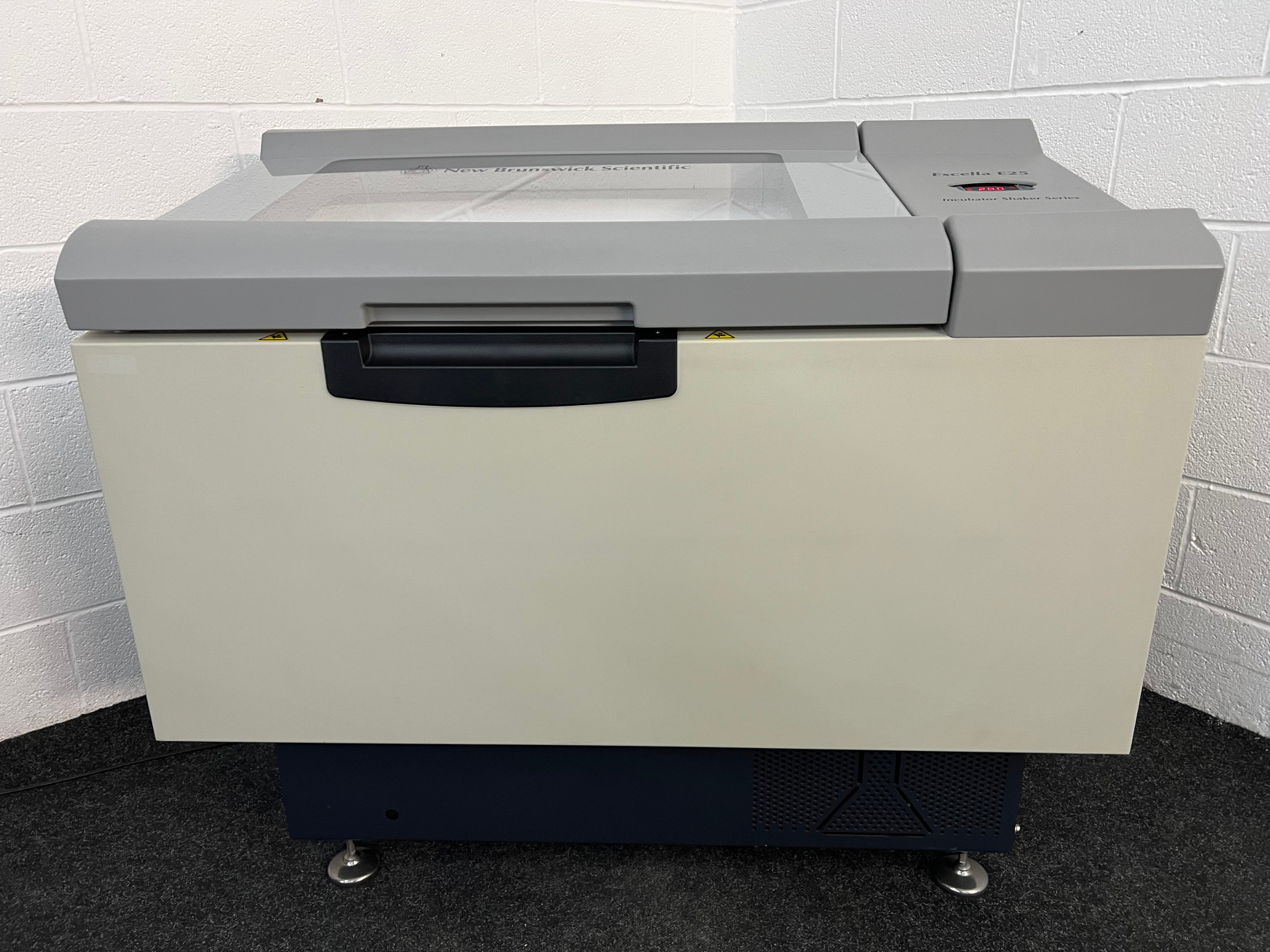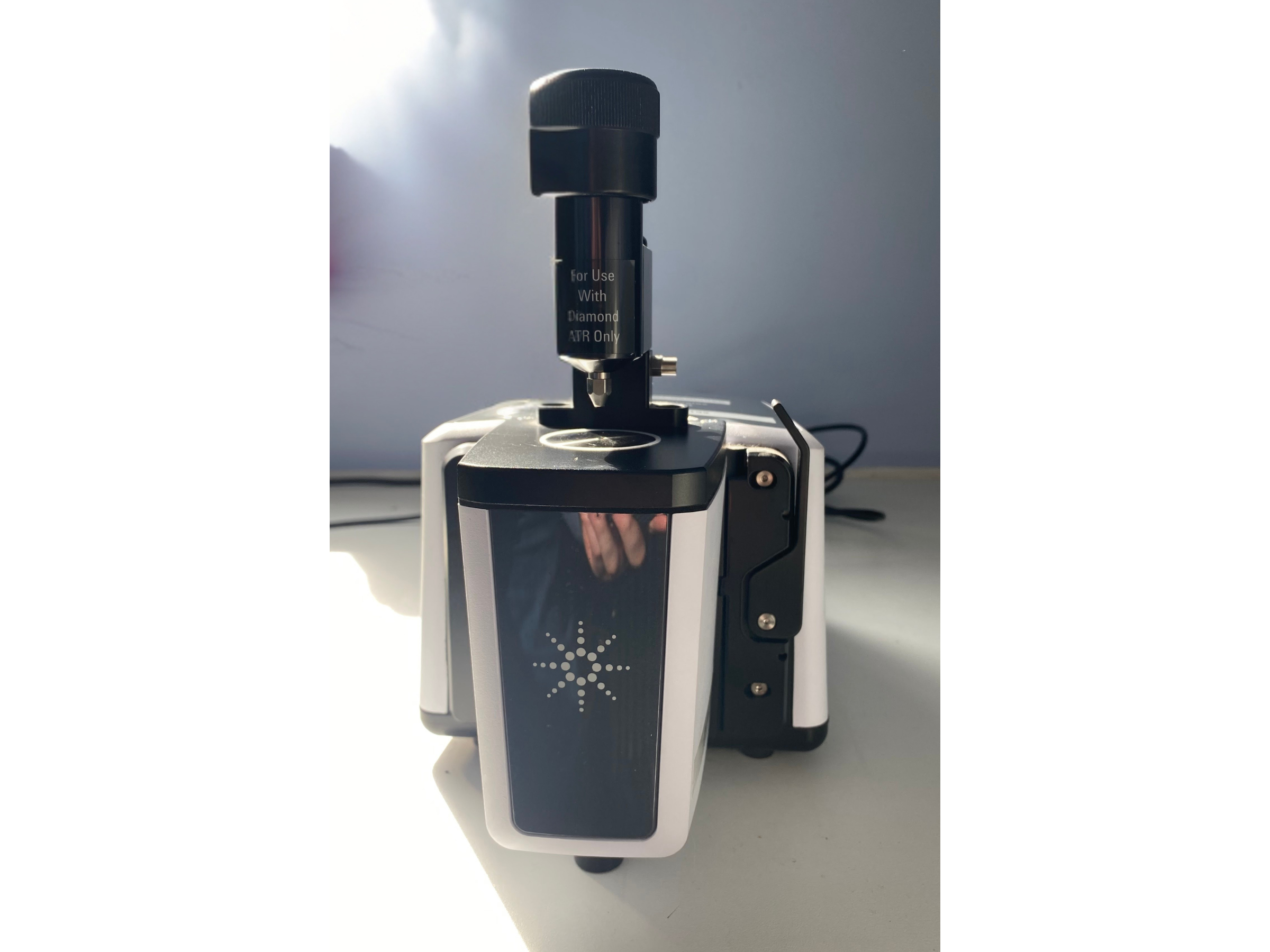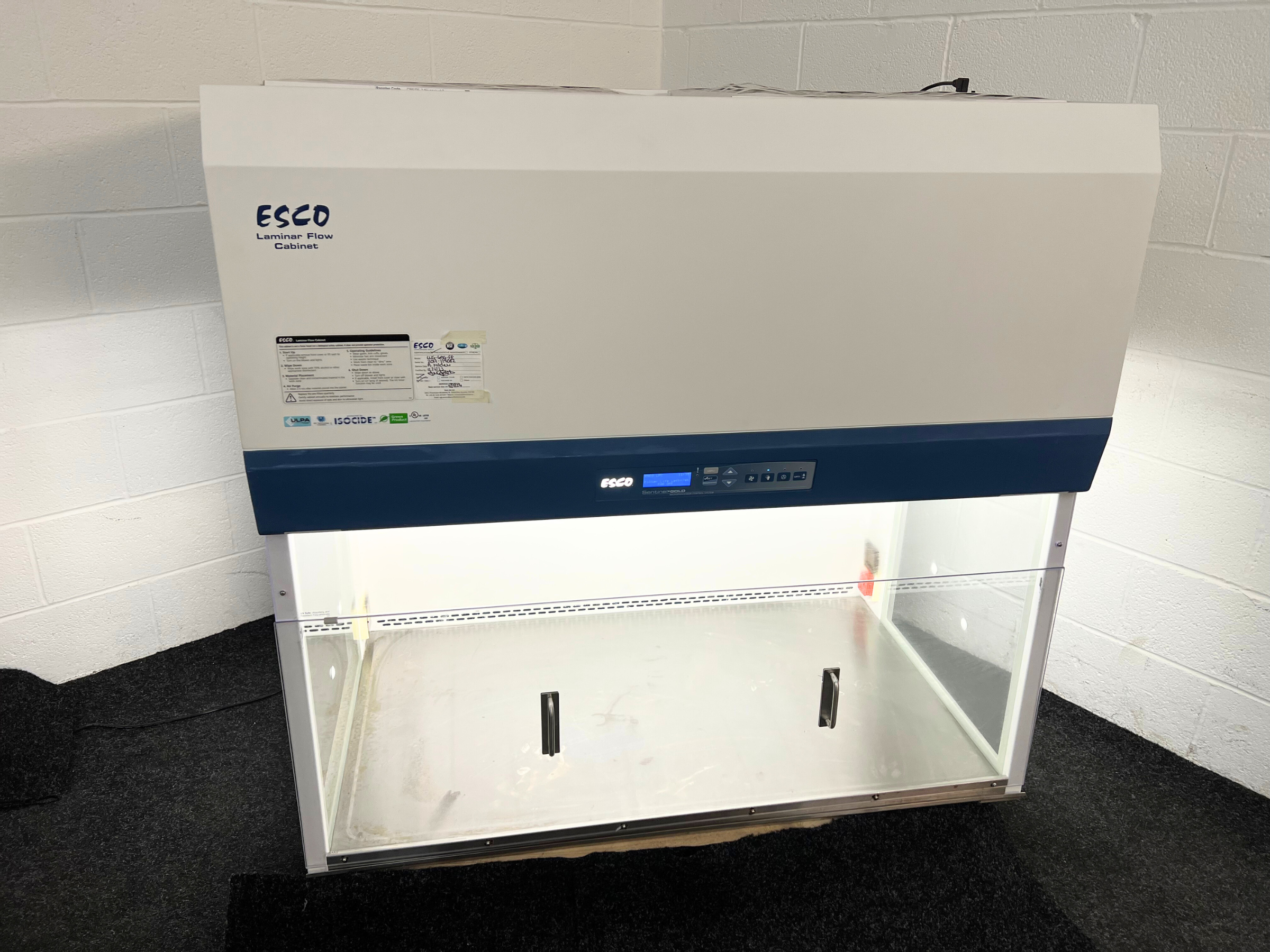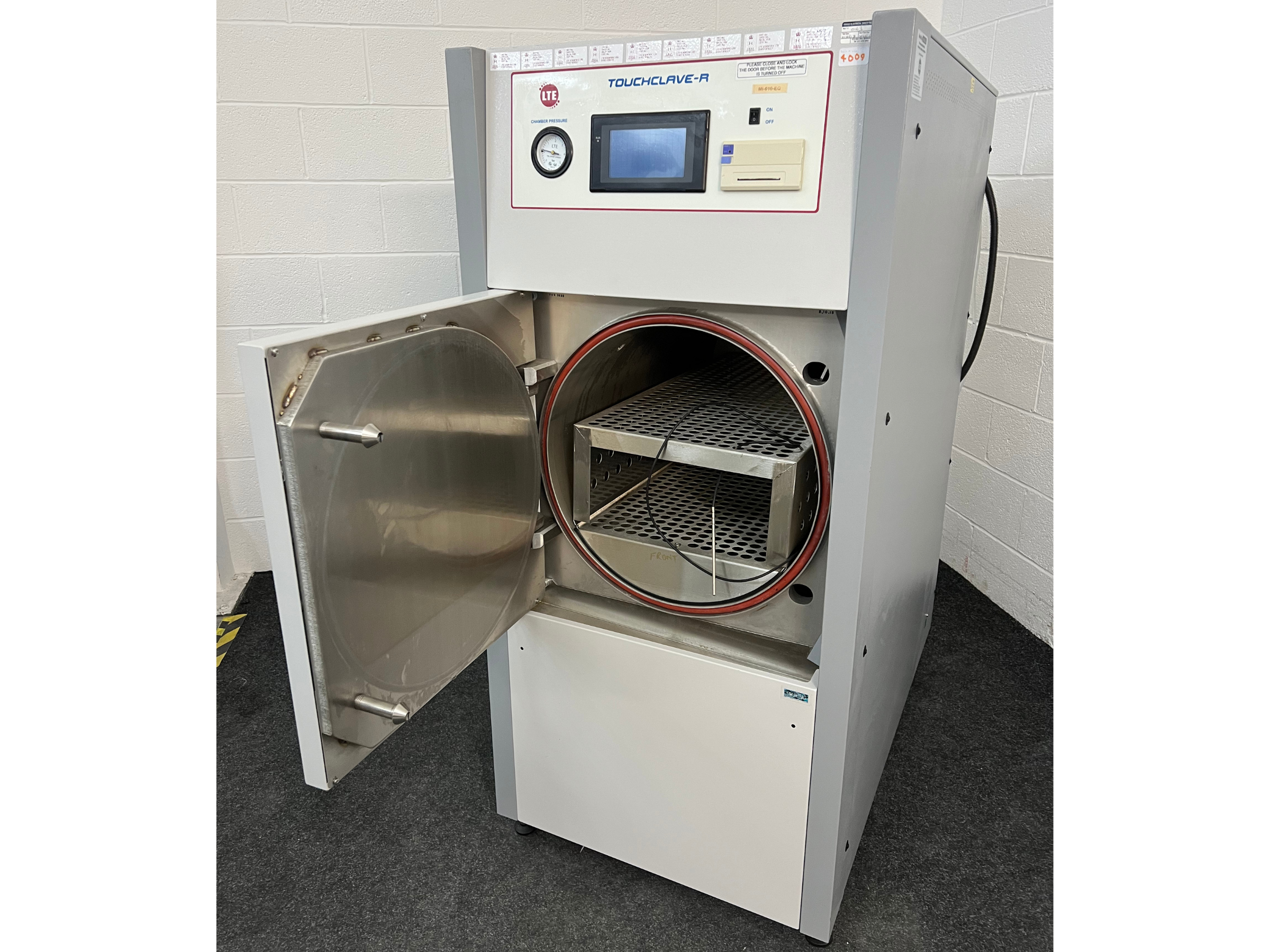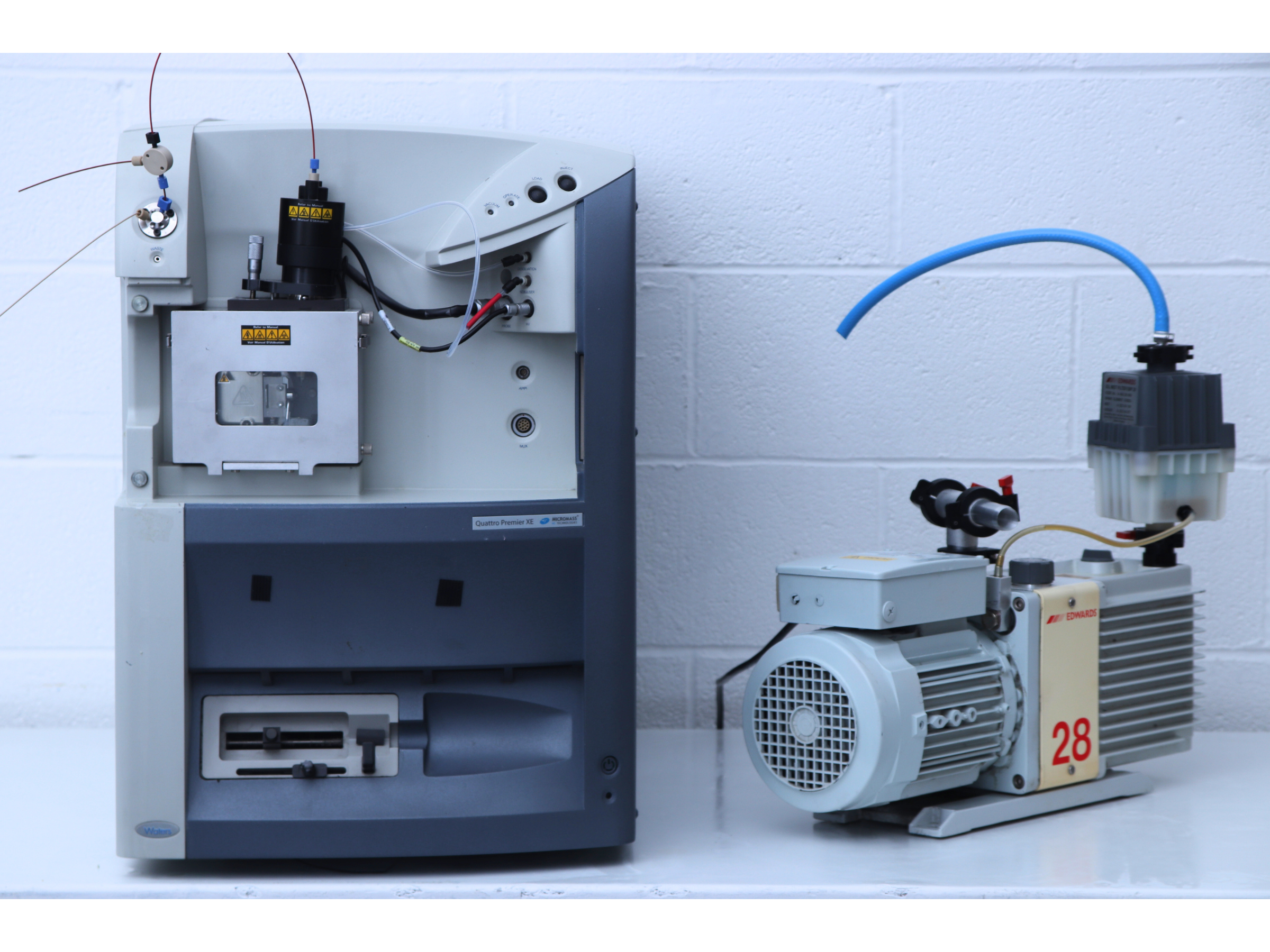In many industries, assessing the water content of substances is crucial for determining quality, for example in the food sector where moisture can play a pivotal role in factors like taste, texture, and shelf life. A moisture balance is specifically designed to offer precision in moisture content measurements, by heating the sample while simultaneously measuring mass loss through evaporation. Use the best practice suggestions below to maximise the repeatability and reliability of these instruments.
1. Representative Sample Collection and Preparation:
Ensure the test sample accurately represents the material under analysis. Make sure the material is homogenously mixed, and use consistent portions for each test to enhance reproducibility.
2. Controlled Ambient Conditions:
Perform sample preparation and analysis in stable ambient conditions that are representative of usual storage conditions. As with all mass-centric analyses, avoid air flows, vibrations, and fluctuations in temperature and humidity, as these can impact the accuracy of results.
3. Appropriate Sample Size:
5-10 grams is a reasonable sample size to use in order to obtain precise and meaningful results. Smaller sample sizes (minimum 0.5 grams) may be acceptable for challenging-to-obtain or expensive materials, with an understanding that this will reduce the precision of results. Ideally, maintain consistency in sample sizes for optimal repeatability.
4. Even Distribution and Material State:
When introducing the sample to the pan, it is important to ensure even distribution, with limited piling. Further, it is important to confirm that the material’s distribution and physical state allows for heat absorption and moisture dissipation during the analysis.
5. Immediate Testing and Sample Storage:
Test the sample immediately after preparation wherever possible. Store samples in hermetically sealed containers to prevent moisture migration before and between analyses. If a longer storage period is unavoidable, always report this and keep it in mind during analysis of the readings.
6. Handling Liquid Samples on your Moisture Balance:
When you measure liquid samples, pastes or slurries; use glass fibre pads to provide an inert, porous surface. Aim to disperse the sample onto the fibre pad in such a manner as to decrease surface tension and increase overall surface area, shortening analysis time.
7. Clean Aluminium Pans:
Use clean aluminium pans for each analysis to avoid residue from previous samples or cleaning agents influencing results. Beyond the sample plate, keep the moisture analyser clean and free of debris to ensure accuracy of results.
8. Proper Drying Method:
An appropriate drying method should be developed for the sample. Make use of tools such as the OHAUS MB120‘s SmartGuide feature, which provides support in developing the drying method and reduces the amount of sample needed for method development.
9. Periodic Calibration and Testing:
The moisture balance should be periodically checked through performance testing. For example, temperature and weight calibrations will maintain accuracy and reliability in results.
10. Repeat Measurements for Reliability
As with all analysis methods, best practice dictates that samples should be tested a number of times, using various sample amounts to ensure reliance on results.
